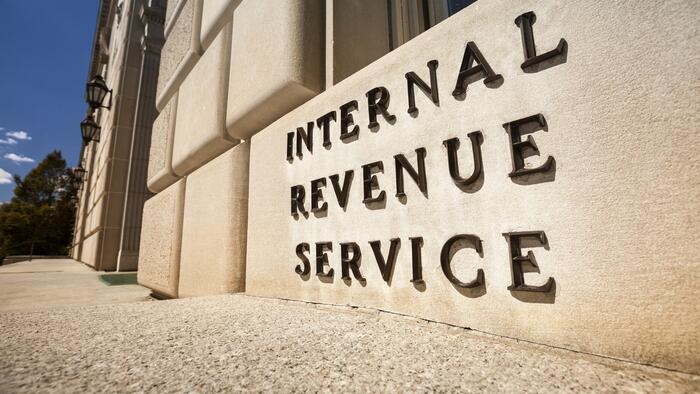


In one of the most sweeping overhauls of the federal bureaucracy in recent memory, the Internal Revenue Service is undergoing a dramatic contraction under the Trump administration, which has cut nearly 26,000 positions - approximately 25% of its workforce - through buyouts, retirements, and firings.
The move aims to undo the Biden-era expansion of the tax agency, which had grown to 103,000 employees following the 2022 passage of a major budget and climate law that poured tens of billions of dollars into IRS operations. As of May, staffing is expected to drop to 77,000 once all separations are finalized, according to data from the Treasury Inspector General for Tax Administration (TIGTA).
“These separations will have nationwide implications,” the inspector general warned in a report detailing the reductions, the Washington Times reports.
The staffing cuts have reached deep into the agency’s core functions. The agency has shed 27 percent of its tax examiners and 26 percent of its revenue agents. Its information technology division is down 23 percent, and the management and analysis unit has lost 28 percent of its staff.
Much of the attrition has come through voluntary programs. More than 4,600 employees accepted buyouts offered in January, and 17,000 opted for early retirement. Additional losses came through smaller separation programs and 300 official layoffs. The IRS also attempted to terminate over 7,300 probationary employees earlier this year, though legal challenges resulted in some being rehired or offered buyouts instead.
Alex Muresianu, senior policy analyst at the Tax Foundation, said staffing cuts aren’t always a problem. However, he said they can be a problem when coupled with new roles for the IRS, such as during the pandemic emergency, and could come into play as the agency implements changes from Mr. Trump’s One Big Beautiful Bill Act.
“The confluence of low staffing levels and new policies is a messy mix,” he said. “I think that is a potential challenge in the coming tax season.” -Washington Examiner
The debate over IRS staffing is long-standing and often a proxy for broader ideological battles over taxation and government reach. Republicans have typically argued that a leaner IRS is less threatening to ordinary taxpayers. Democrats, on the other hand, argue that deep cuts reduce the agency’s ability to ensure compliance, particularly among high-income earners.
Audit rates have fallen dramatically in recent years, especially for the wealthiest Americans. In 2010, taxpayers earning over $10 million were audited at a rate of 212 per 1,000. By 2018, that number had dropped to 39. Among those making less than $25,000, audit rates also fell, from 10 per 1,000 returns in 2010 to just four.
The Yale Budget Lab has projected that slashing IRS staffing by 50,000 could result in nearly $400 billion in lost federal revenue over a decade.
Nonetheless, some see the current moment as an opportunity to rethink how the IRS operates. Thomas Schatz, president of Citizens Against Government Waste, argued that revenue has continued to flow into the Treasury and said the agency could modernize operations by increasing electronic filing and streamlining outdated processes.
“It is a good opportunity to really make this a simpler process,” Schatz said.
The administration is now pushing for additional cuts in the fiscal year 2026 budget proposal, even as Congress continues to claw back portions of the Biden-era funding increase. For the IRS, the challenge will be balancing leaner staffing with the demand for effective enforcement and responsive customer service — a balance the agency has struggled to strike in the past.
In 2021, IRS service levels cratered, with most taxpayer phone calls going unanswered. The risk, experts say, is that history may repeat itself.
